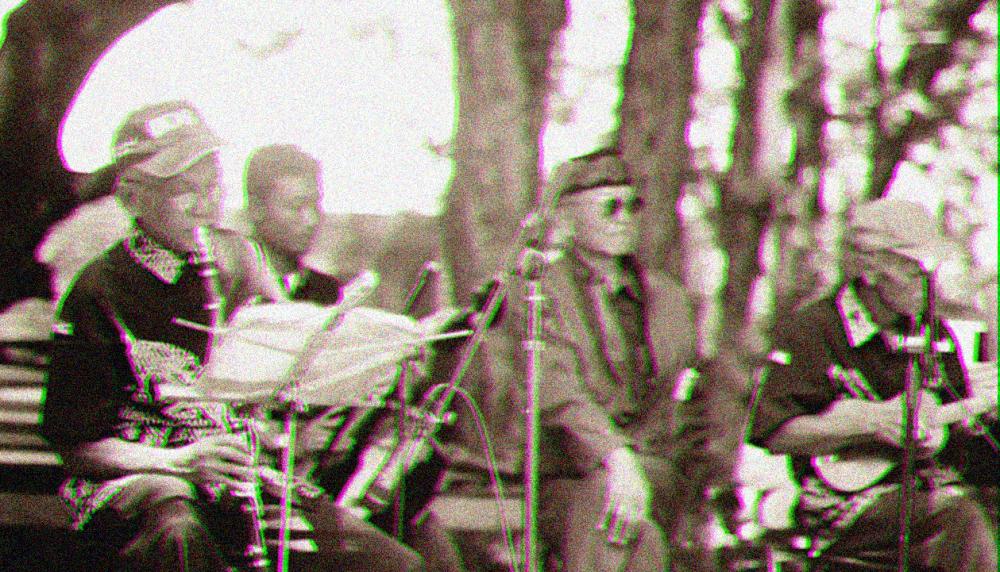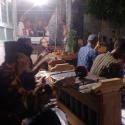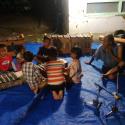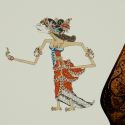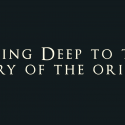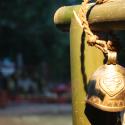I, personally, find myself to be a music enthusiast. Local music has always been my favourite. For the past few weeks I’ve introduced you to music that intrigued my own musical sense. I recently came upon another one of Indonesia’s music gems.
Keroncong.
Keroncong or Kroncong is the traditional music of Indonesia — its been around for a long time and was influenced by sixteenth century Portuguese music. The development of the music itself is from the Kampung Tugu, a village in the capital of Indonesia — Jakarta.
A friend of mine recommended that I hear a few of classical Kroncong tunes, I opened up the links he sent me and found myself leered in into the classical atmosphere of old Jakarta. Its funny how people don’t expect a strong cultural backstory from Jakarta, seeing how the city now embraces nightclubs and giant malls — it’s the capital that has the most interesting story.
Songs from Old Djakarta in Krontjong Beat. This was the title of the record I listened too, it was a 1960s classic where it might have been forgotten, of course Kroncong itself have been in Indonesia a way back, but this record is a compilation that shows the true Kroncong colour, it’s accompanied by a traditional Kroncong orchestra under the supervision of Brigadir Jenderal R. Pirngadie. The melody was striking, while the rhythm was filled in making it a-never-empty atmosphere, the string and bass especially the violin and flute struck out in every song, with dynamic play and also the vocalists ability to play with their voice, playful yet effortless — whilst the back up singers gave a very strong impression of harmony once combined together.
Now, I recommend for beginners to hear track 3 in the compilation, Rita Zahara and Isnarti’s take on Djali Djali — a Betawi tune that has been recycled by many. Now during the time of Keroncong, the livelihood system relied on traditional corps, as for that the song Djali Djali was inspired by the literal plant Djali Djali, Betawi people were known for planting them in front of their house, the usage of the plant can be a toy for the children, a source of carbohydrates and medicine and also beads for creating a tasbih (praying beads). The song continues to discuss Mangga Udang, a specific mango coming from Toba, Sumatera however you can find it actually in the streets of Jakarta and Tangerang, and the last verse explains Cikini — being the oldest village in Jakarta.
Listening to the tune takes you back to Jakarta Tempoe Doloe, the tune brings you back to the traditional doors of Betawi houses. I truly can envision myself sitting down wearing a kebaya and a nice sheet of fabric to wrap the bottom half of my body.
Now, when discussing the historical aspects of Keroncong, there was an era that depicted strong nationalism behaviour through the music. At the time of Soekarno’s reign and the ban of alternative progressive music or what Bung Karno called Ngak Ngik Nguk where he refused to let any imperialist/Western culture into Indonesia, he created an alternative for the nation to savage on. Around the year 1964, he produced one album titled Mari Bersuka Ria dengan Irama Lenso.
The orchestra was led by Jack Lesmana where the vocal talent for it was filled by Indonesia’s finest such as Titiek Puspa, Bing slamet, Lilies Suryani etc. The album varied from traditional songs, to song about Soekarno. The beat was called Irama Lenso — as it was a combination of keroncong, waltz and cha cha. It was called the authentic tune of Indonesia as it “replaced” Western music that was thought as decadent.
As the producer, Soekarno became one of the presidents of Indonesia that left such a significant cultural impact into Indonesia. So, with the restriction of Western culture coming into the country, providing an alternative made Indonesian’s aware of the national treasure.
A little treat (or surprise!) for those who are still a beginner at Indonesian musical history just like myself, our president did not just produce a compilation of curated local talents. But he also wrote a song himself, Bersuka Ria was the title he chose to name the 4 minute track to add onto the compilation.
Keroncong isn’t highlighted as much as the 1960s had, but the traditional Indo-pop is still living among us, if you dig deep you’ll find many old communities still embracing on the Betawi beat — playing the traditional ukulele tune. Some have adapted Keroncong into todays music culture. Dangdut had its crossovers with Keroncong producing Dangdut Koplo Keroncong: a modern touch to Dangdut with a minor scuff of traditional Indonesian tones.
When discussing the Indonesian music scene, it can go on for days. The variety of beats and differentiation in lyrical outburst highlights the many different cultures there is in Indonesia, and each genre doesn’t stop at a certain time period, us Indonesian have an exhilaration towards the arts, as for that we keep on moving forward, resulting in a dynamic culture that combines the beauty of ancient art forms with the new technology of today.
But some traditions are lucky enough to be untouched, still kept true to the roots — representing the country precisely, Keroncong was raised in Indonesia and will continue on to be the epitome of Nusantara’s richness in culture.
-- --

